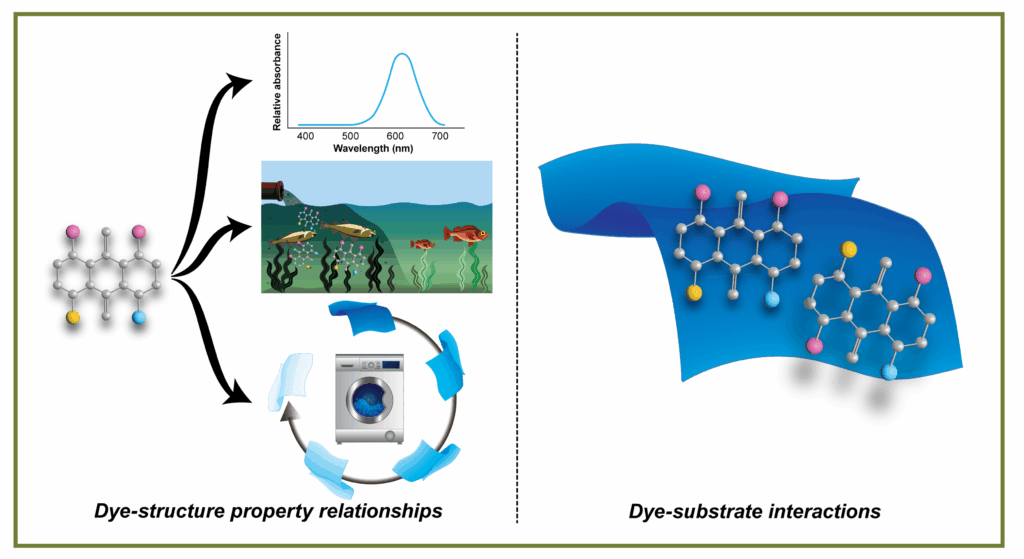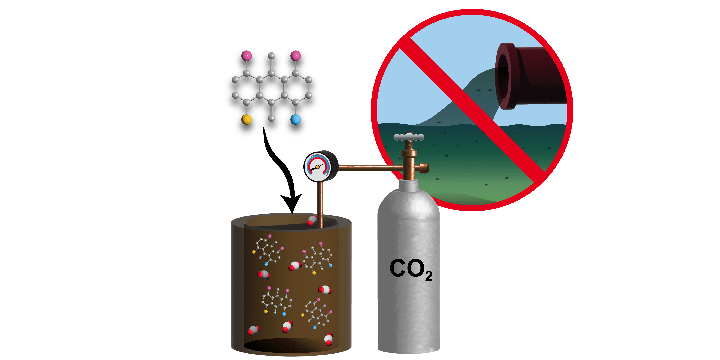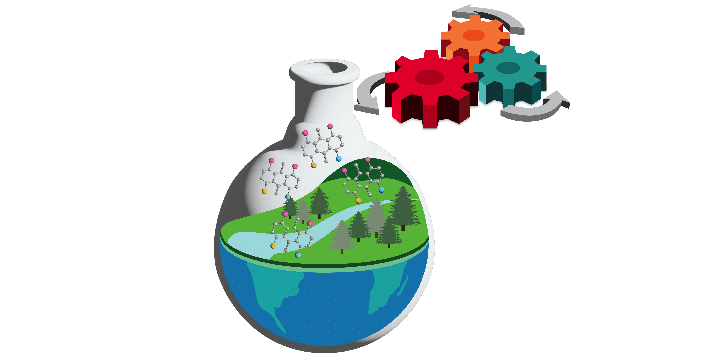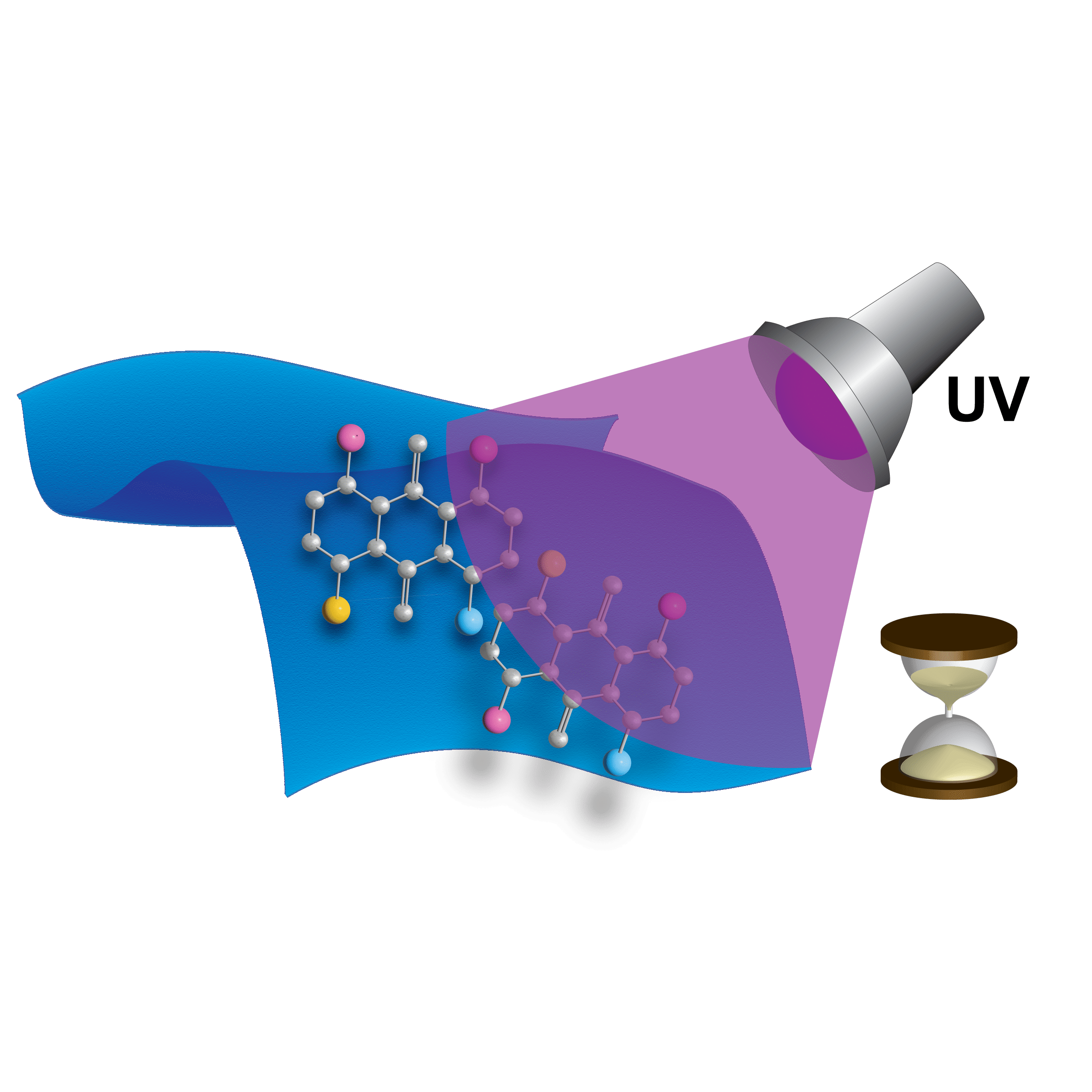Our Research

Research Thrust Areas

Sustainable Coloration Approaches
View latest research publication here

Green Dye Design and Synthesis Methods

Functional Dyes
Collaborations
Our laboratory collaborates with academic, industrial, and governmental partners who share our vision for advancing sustainable dye chemistry. If your interests align with ours, we welcome opportunities to collaborate.